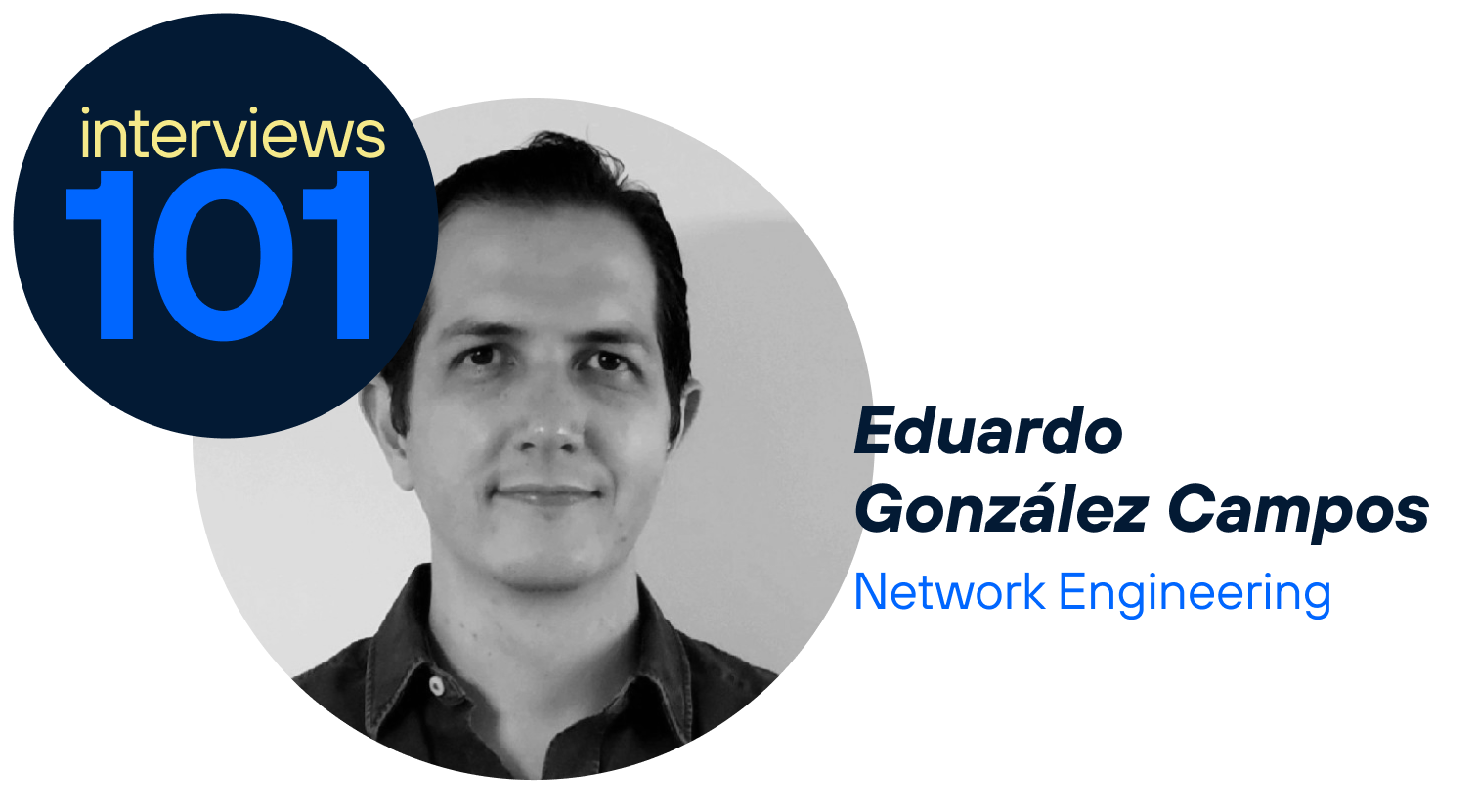Tell us a little about yourself. What does your job at Telefónica involve?
I am Head of Network Planning and Engineering at Telefónica Mexico and have more than 20 years of experience in telecommunications. Over the course of my career, I have led strategic projects in the country such as: Migrating the network under the RAN sharing model with AT&TThe Integration of 5G MOCN in major citiesand the Optimization of the 4G networkwhich formed the basis of our connectivity and positioned us as the fastest at the time.
I also had the opportunity to take on a regional role at Telefónica Hispam, where I coordinated network modernization in eight countries and managed the investment plan and end-to-end technology development.
My role is to anticipate connectivity needs in Mexico and ensure the network is operational, reliable and efficient. To do this, I integrate technologies such as 4G, 5G, virtualization and cloud and introduce groundbreaking planning and investment models that enable us to carry out projects in a more agile and innovative manner.
How would you define the role of a network planning and engineering manager?
It's like being that Architect of connectivity. It's not just about providing the infrastructure; Align every investment decision with the user experience. In the B2C segment this means the following A family can watch a movie via streaming without interruptions, a student can access their online courses without interruptions, or a remote worker can maintain stable video calls.
To achieve this, support is necessary new disruptive forms of operation and management: Use of automation, infrastructure sharing and flexible schemes that enable the implementation of the strategy into concrete and successful projects.
How can the quality and efficiency of customer services be guaranteed?
Through a global network strategy that combines user needs analysis with continuous performance assessment. We monitor traffic, coverage and quality of service in real time and use this information to make decisions about where to strengthen our services and which technologies to prioritize.
Our Cover lever are a very important factor. A clear example is RAN releasewhich simply means sharing part of the network infrastructure with another operator to reach more places faster and more efficiently. In addition, we have roaming agreements that ensure that customers are served even in areas where we do not have our own network.
The 4G network continues to be the foundation of our connectivity and we are evolving towards 5G, which will allow us to expand capacity and offer more advanced experiences. This comprehensive vision ensures that the network is stable, efficient and prepared for future challenges.
What does it mean to oversee network planning and sizing in a country like Mexico?
Monitoring the network as a whole means Ensuring that everything from access and transportation to service platforms is sized to meet current and future needs Demand. Mexico presents unique challenges: metropolitan areas with a very high concentration of users and rural regions where expanding coverage is a priority.
This requires strategic decisions about where to invest in capacity, how to ensure backbone resiliency, and what solutions to implement to ensure the network performs well in all environments. Ultimately, it's about building a balanced, robust and sustainable network that supports our customers' digital lives.
What role does innovation play in implementing solutions that promote connectivity?
Innovation enables us Always stay one step ahead of customer needs. We pursue approaches like Virtualization and the cloudthat give us flexibility and reduce time to market so new features reach users faster.
Innovation is also reflected in the implementation Business and regulatory platformsthat make it possible to offer digital services with security, compliance and quality. In this sense, innovation means translating technology into concrete benefits: faster connections, more reliable services and digital experiences that bring real value to people's daily lives.
What influence do new technologies have on this work?
These are new technologies driving force behind network transformation. Virtualization and the cloud allow us to evolve faster and launch services in weeks rather than months. 5G opens the door to new possibilities for expanded connectivitywhile 4G is still the backbone of our services today.
For customers, this means that every technological improvement translates into something tangible: from smoother mobile browsing to a business that can provide customers with digital solutions faster and more securely.
